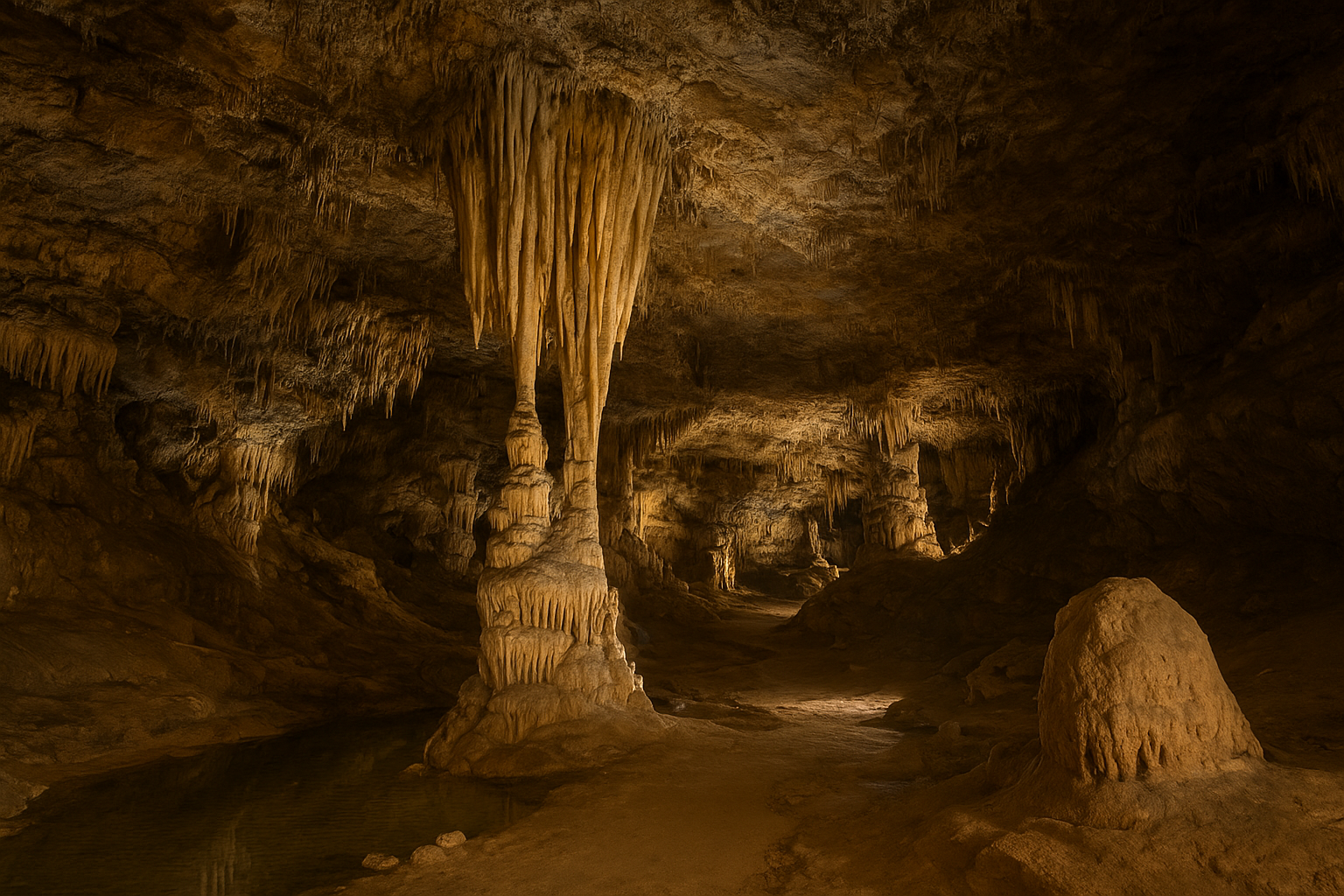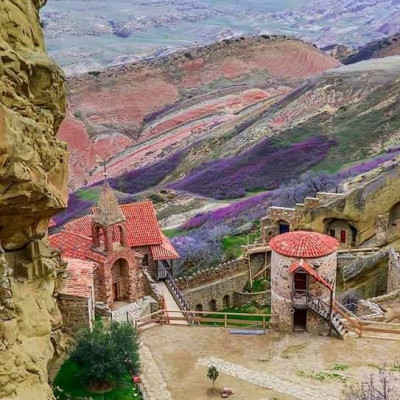
In the surprising depths of our planet lie two very different kinds of underground wonders: natural caves hewn by time and water, and human-carved cave cities that whisper of ancient lives. On the natural side in Georgia you’ll find places like the impressive Prometheus Cave Natural Monument near Tskaltubo, stretching some 11 km with massive halls, underground rivers and stalactites glistening in dim light.
And then there’s the quieter, lesser-known Tetra Cave Natural Monument, with its white limestone interiors, ancient animal bones and even a micro-climate once used for medical purposes.
Exploring natural caves like these is an invitation to nature’s secret art-studio: the slow drip of mineral rich water sculpting stalagmites and stalactites, underground rivers carving tunnels, and spaces that feel timeless. These places invite gentle curiosity, a flashlight in hand, soft footsteps on stone, and a sense of awe at things that took millennia to form.
On the artificial side, Georgia offers the extraordinary man-made underground: take for example Uplistsikhe — a cave town carved into sandstone cliffs near Gori, with dwellings, streets, wine-cellars, sacral spaces and a winding tunnel system.
Or imagine the cliff-carved monasteries and fortresses that merge rock and human hands in one. These places show how people once adapted to the landscape by living “inside” it, building whole communities underground or within rock massifs. Walking through them is a journey through time: layers of habitation, faith, defence, design and geology all in one. Whether you’re drawn to the silent beauty of a dripping cave chamber or the carved chambers of a cave city, underground places offer powerful and peaceful travel experiences that contrast beautifully with the everyday world above ground.






 Deutsch
Deutsch
 русский
русский
